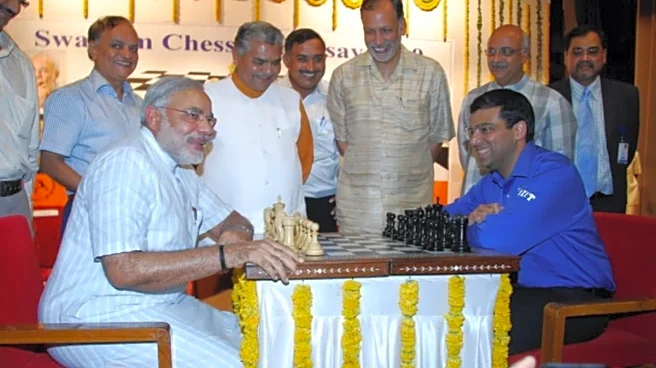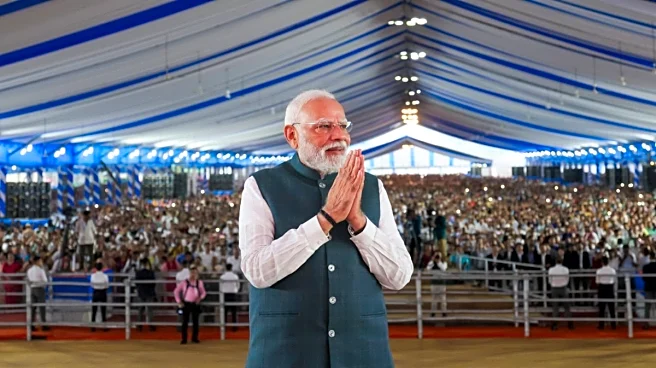As India's Ministry of External Affairs has described it in the past, the Delhi Declaration of 2006 was a watershed moment in the history of bilateral ties between the two countries.
In January 2006, Saudi's King Abdullah was a guest at the Republic Day parade. The agreements under the Delhi Declaration included a whole host of issues, ranging from increasing trade, a strategic energy partnership, and active cooperation to fight terrorism.
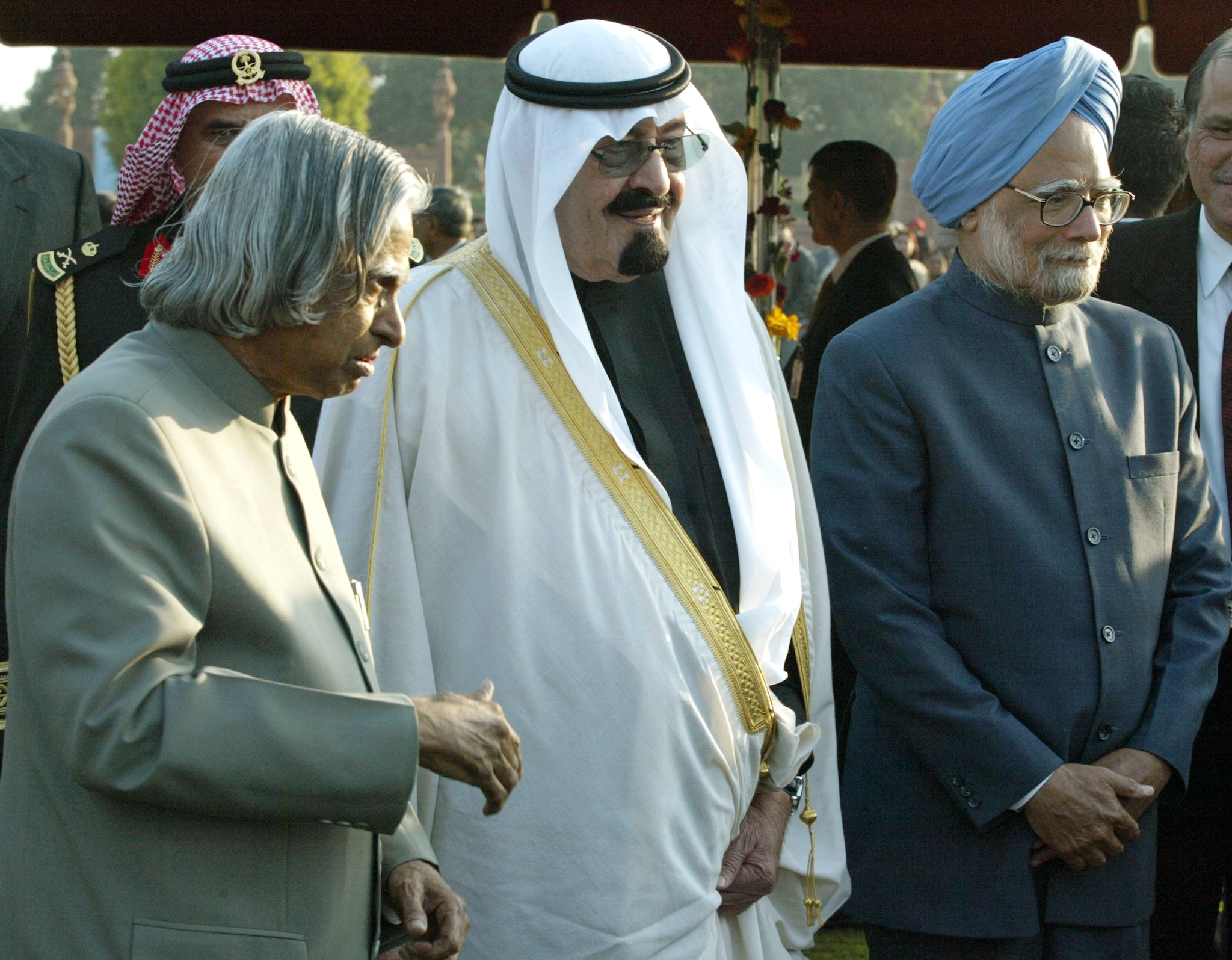
FILE PHOTO: Indian President A.P.J. Abdul Kalam (L), King Abdullah of Saudi Arabia (C) and Indian Prime Minister Manmohan Singh stand during a tea party hosted by the Indian president after the Republic Day parade in New Delhi January 26, 2006. REUTERS/B Mathur
Four years later in 2010, the then Indian Prime Minister, Late Manmohan Singh, visited the Saudi capital, leading to the Riyadh declaration, which raised their cooperation to a strategic partnership covering security, economic, defence and political areas.
Prime Minister Narendra Modi has added to the efforts aimed at strengthening ties with Saudi, one of India's third biggest oil supplier. Modi has visited the country twice in the last 11 years, and hosted the Saudi ruler, Crown Prince Mohammed bin Salman, once in 2023.
The two leaders have met eight times since Modi became the Indian Prime Minister in 2014.
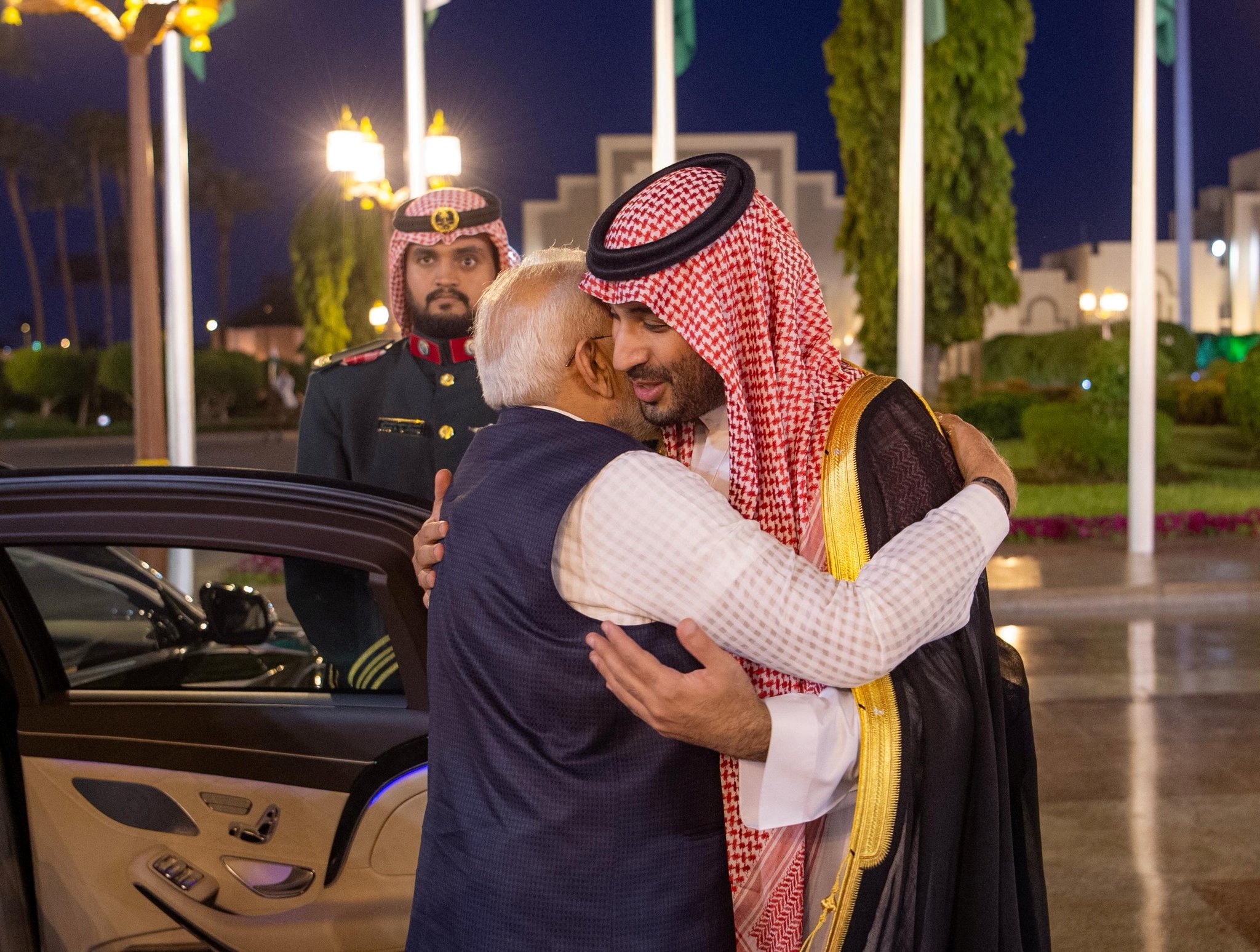
India's Prime Minister Narendra Modi and Saudi Crown Prince Mohammed Bin Salman embrace as they meet, in Jeddah, Saudi Arabia, April 22, 2025. Saudi Press Agency/Handout via REUTERS
In 2023, the two countries—along with the US, UAE, France, Germany, Italy, and the European Union—agreed to build the India-Middle East-Europe economic corridor (IMEC).
In an interview with Arab News in April 2025, PM Modi described Saudi as "one of India’s most valued partners — a maritime neighbor, a trusted friend and a strategic ally." During the visit, Saudi diplomats thanked India for its support for invitation extended to Saudi Arabia to join BRICS.
India is the second largest trade partner of Saudi Arabia whereas Saudi Arabia is the fifth largest trading partner of India. In FY25, bilateral trade stood at $41.88 billion, with Indian exports at $11.76 billion and imports at $30.12 billion, according to the Indian Embassy in Riyadh.
Indian investments in Saudi Arabia amount to about $3 billion from companies like L&T, Tata Motors, Wipro, TCS, Shapoorji and Pallonji Group, Tech Mahindra, Vedanta, and the Essar Group, to name a few.
The Saudi sovereign
wealth fund, called the PIF, has major bets in India, which includes over $2.8 billion investment in Reliance Industries' telecom and retail ventures. Other investments include Daawat Foods, LT Foods Limited health-tech startup Healthifyme as well as $700 million in wind and solar projects in Gujarat and Rajasthan.
The two countries are negotiating a bilateral investment treaty, which the United Arab Emirates (UAE) has already signed. There are an estimated 2.7 million Indians living in Saudi Arabia.
However, the defence tie-up betweeen India and Saudi Arabia is very young
The defence cooperation started with the visit of the then chief of naval staff, Manoj Mukund, to the Saudi capital in 2020, leading up to the ministerial visit for defence in 2024 was the first in 12 years.
In between there were two joint naval exercises in 2021 and 2023, and the first-ever joint exercise of the two land forces in 2023.
The strategic partnership council, which was created in 2019, added a ministerial commitee on defence cooperation in April this year. Aside from joint trainings, and Saudi participation in Aero India 2025, the state-owned Munitions India signed an export deal worth $225 million in 2024.
Read more: Here's how India reacted to Pakistan's security pact with Saudi Arabia

/images/ppid_59c68470-image-175812502969636130.webp)
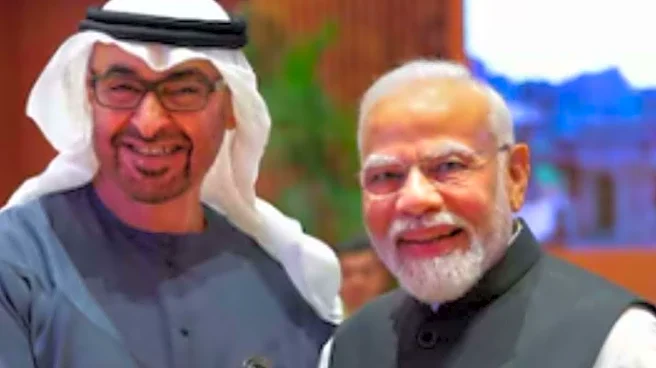

/images/ppid_59c68470-image-175812757573728438.webp)
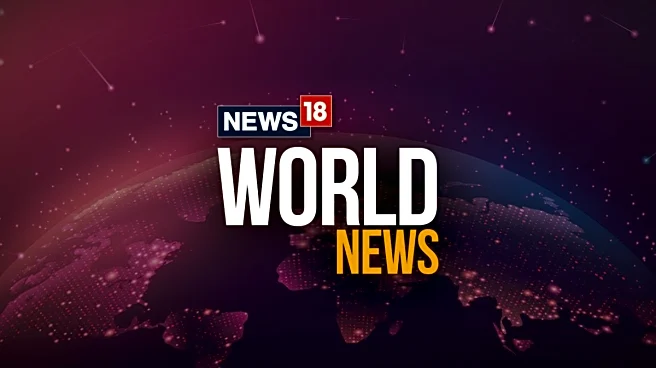
/images/ppid_59c68470-image-175802754707959982.webp)
/images/ppid_59c68470-image-175795507502445154.webp)
/images/ppid_59c68470-image-175795503889043917.webp)
/images/ppid_a911dc6a-image-175809142562534946.webp)

